Prime Minister Narendra Modi’s historic state visit to the United States last month was the “most extraordinary” visit in the history of this bilateral relationship, America’s Ambassador to India Eric Garcetti said.
“We’ve had some very large moments in the past… But this was probably the deepest and widest agenda of not just aspirations, but real deliverable things for our economy, for defence, the four Ps as I call them, peace, prosperity, the planet and the people that we represent,” he said.
Prime Minister Modi last month travelled to the US on his maiden state visit during which he held wide-ranging talks with President Joe Biden. Modi also addressed the joint session of the US Congress, becoming the first Indian leader to do so twice.
“It was the most extraordinary visit, I think, certainly in the history of US-India relations,” Garcetti told PTI in an interview.
Since the historic state visit, he noted, there has been no let up. “Both my colleagues in India have said that the Indian government has been following up with a series of meetings to implement the agreements, and we (are) here. One of the reasons I’m in Washington is to keep that momentum going as our president comes to Delhi for the G-20 meeting,” he said.
There are so many key deliverables from the visit. Obviously one that got a lot of attention is the GE jet engine deal, which will fundamentally change the level of cooperation we have on the next generation of Indian fighter jets and also integrate our militaries and our defence together, he noted.
“But I can also think of other things like the relaxing of the tariffs and the trade war that we had during the Trump years in which steel was taxed here, and we had American agricultural program products taxed in India. That’s a huge change, making something for Indian workers that are in the steel sector and for our agricultural products finally to have free flow. Educational exchange we grew and expanded,” he said.
“The last area is our critical emerging technologies: whether it’s artificial intelligence, whether it’s quantum computing, whether it’s space, or whether it’s the telecommunications, I think India and the US really want to cement a deep friendship and co-production, the research and development together of the future underscored by our values,” he said.
“We can either use technology to hurt people, divide people, or we can use it to connect people, protect people, even detect diseases and heal people. So to me, that was one of the best outcomes, not just for India and the United States, but also for the world,” Garcetti said.
Observing that sky is the limit for US India relationship, he said since the two sides are collaborating in space, maybe even the sky’s not the limit. “We are going from the depths of the ocean to the heavens, in terms of the work that we’re doing. Space, the maritime domain,” he said.
“I think by the end of the year, our leaders will have seen each other face to face six or seven times in a single year. We know the rapport that they have together, but it also reflects the hard work and integration of our governments. That in turn reflects business investment and the people-to-people ties. We have a record number of visas that we’re going to process this year in our consulates and in our embassy from India. So that’s reflecting, I think that India loves America and America loves India,” he said.
The former mayor of Los Angeles has been in India for the last few months, during which he says he has fallen in love with India all over again.
“The people, the culture, the food, the diversity, the struggle, the success. This is in so many ways, the future, but it also links us in so many ways to the past. It’s a unique country, a crossroads and a bridge. And for me, I want to introduce more Americans to India. Part of my job as an ambassador is not just to bring India to America, but to bring America to India so that we can see that,” he said.
“I do think that this chapter, I’m noticing it whether it’s in the buildings coming up in Hyderabad, whether it’s the infrastructure that I saw in Mumbai and Kolkata that’s being done, or just even at the village level chaiwala using UPI to accept a payment that India isn’t just someone’s back office. It isn’t just coming out of poverty. It’s producing ideas, it’s producing companies, it’s producing things that are improving people’s lives and potentially throughout the world,” he said.
“So I think if we strengthen this bridge (in) both directions, really, we can do anything together, whether it’s health, whether it’s defence, whether it’s economic prosperity or even women’s empowerment,” Garcetti added.

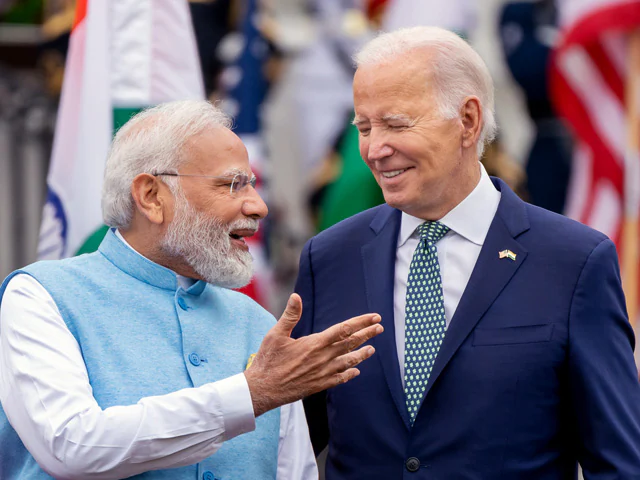
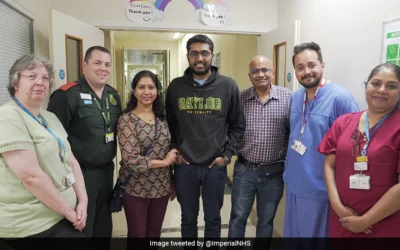
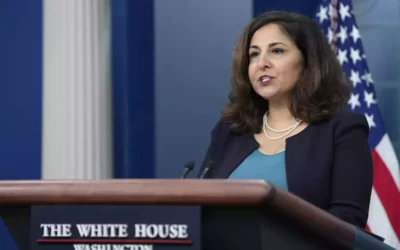
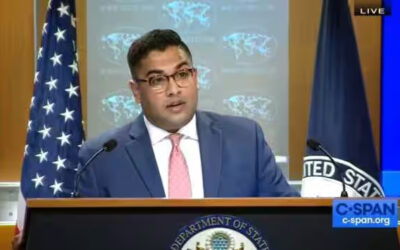
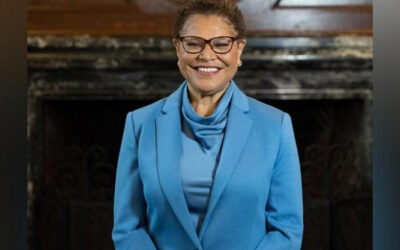
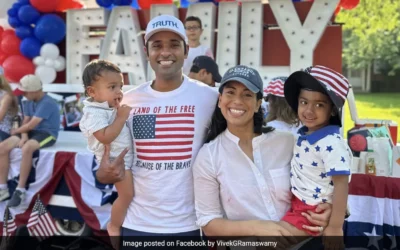
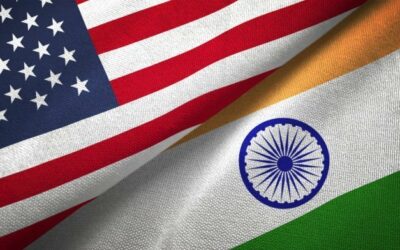
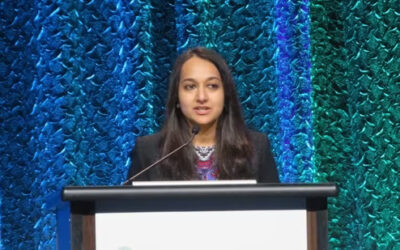
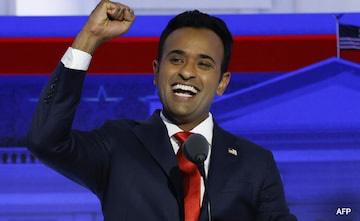
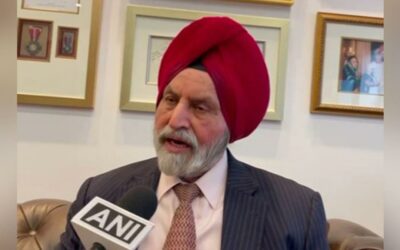

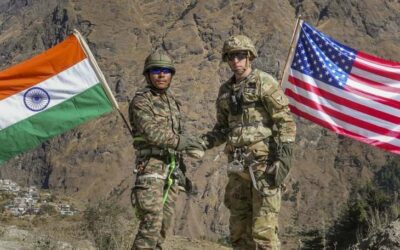
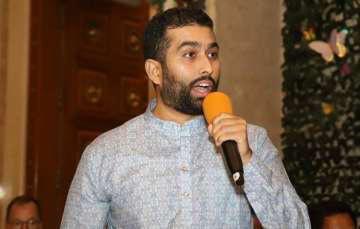

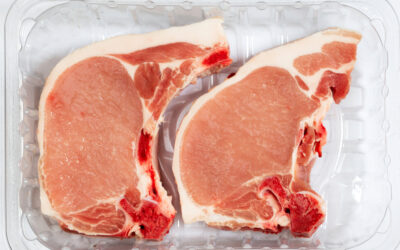
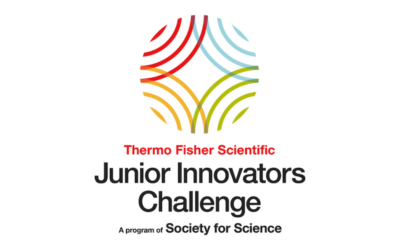
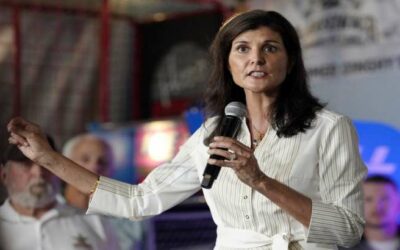
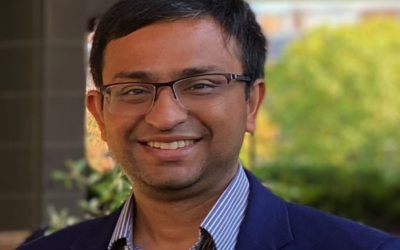
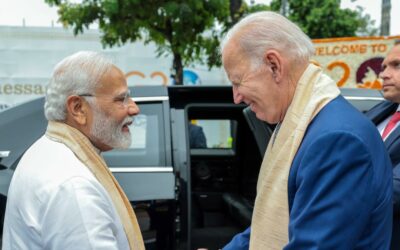
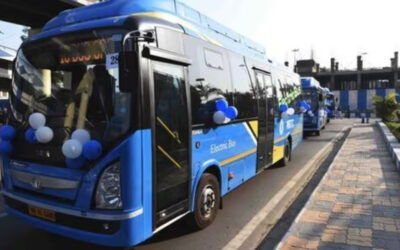
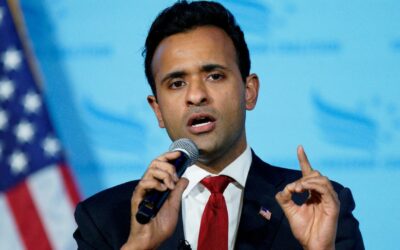
0 Comments